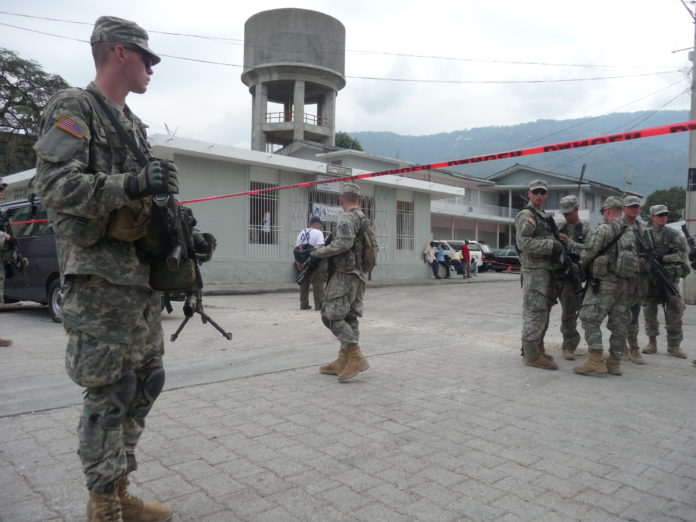
The small white helicopter had landed in a field just behind the Léogane police station. Hundreds of Haitians had gathered around with a mixture of curiosity and anticipation. This was the first helicopter to land, despite many flying over the town in the previous days. But shortly after landing, the helicopter lifted off again and began to circle above the field at about 150 feet. Then a door popped open and someone inside began throwing out small bags.
One of the bags fluttered down and landed high up in a tall tree’s branches. Another bag plopped down in the police station’s backyard, where dozens of young community leaders were hovering around a cluster of bigwigs meeting with Léogane’s Mayor Alexis Santos and an official from Haiti’s Interior Ministry.
The bag contained brown bread rolls. When the young community leaders saw this, they erupted.
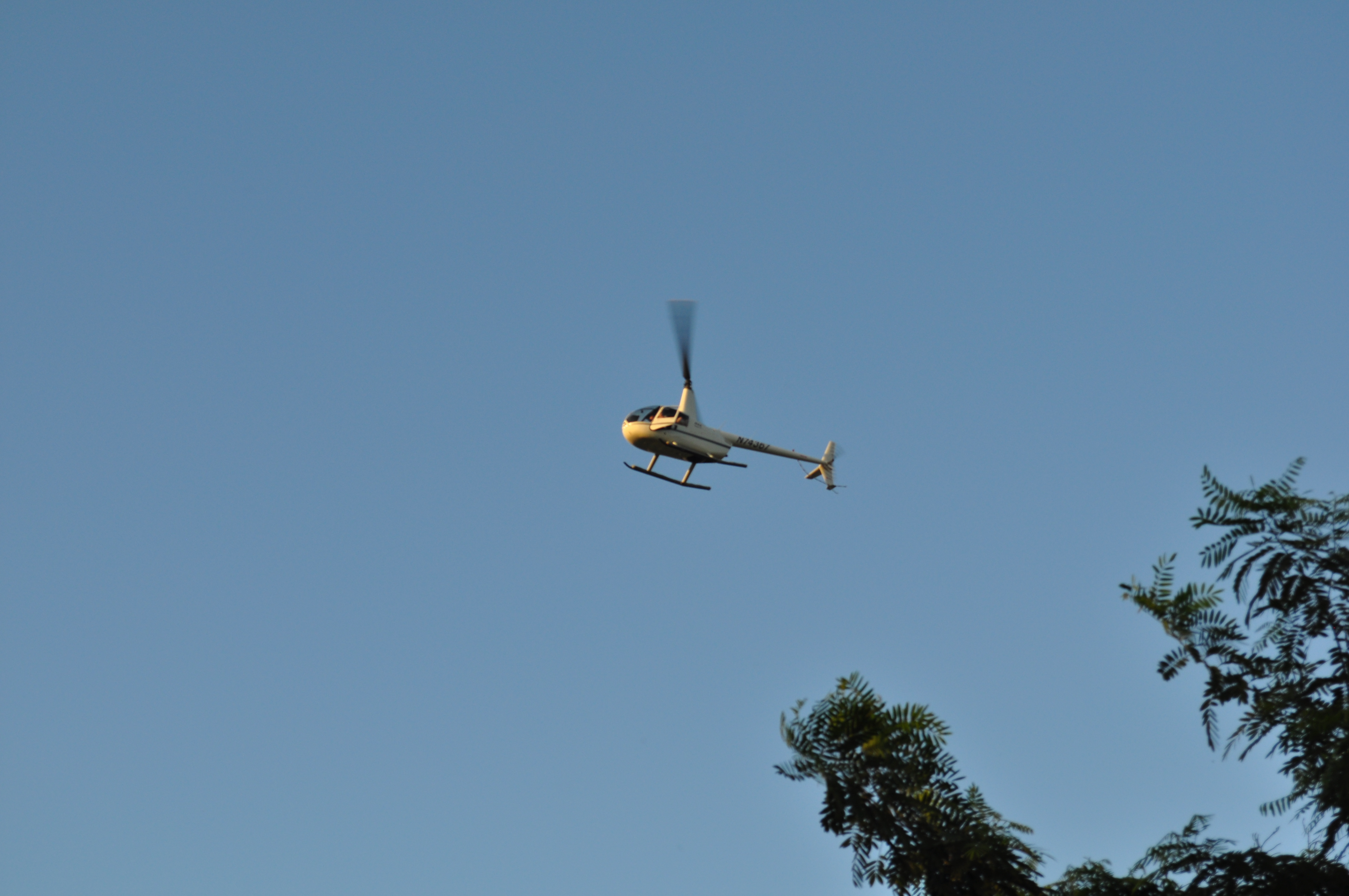
“This is a complete outrage,” said Alex Estimé, Dr. Evan Lyon of Partners in Health, who is presently administering the HUEH, some 40,000 to 50,000 people living in the square benefit greatly from this aid. The Cuban doctors carry out their work, without having to be guarded by helmeted men with guns. “The Cuban doctors are an intense resource,” he said. “This is pure humiliation. An earthquake is a misfortune which could befall any country. Would they treat other people like this? No. It is like they are throwing bones to dogs. We don’t want their stinking bread.” With that he stamped on the bag. Other men around him also kicked it.
The men shook their fists and hurled invective at the small white helicopter which continued to circle in the sky, raining down the small bags of bread. Miguel Joseph, a community leader and director of a town radio station, said the aid delivery was the work of the Mormon Church.
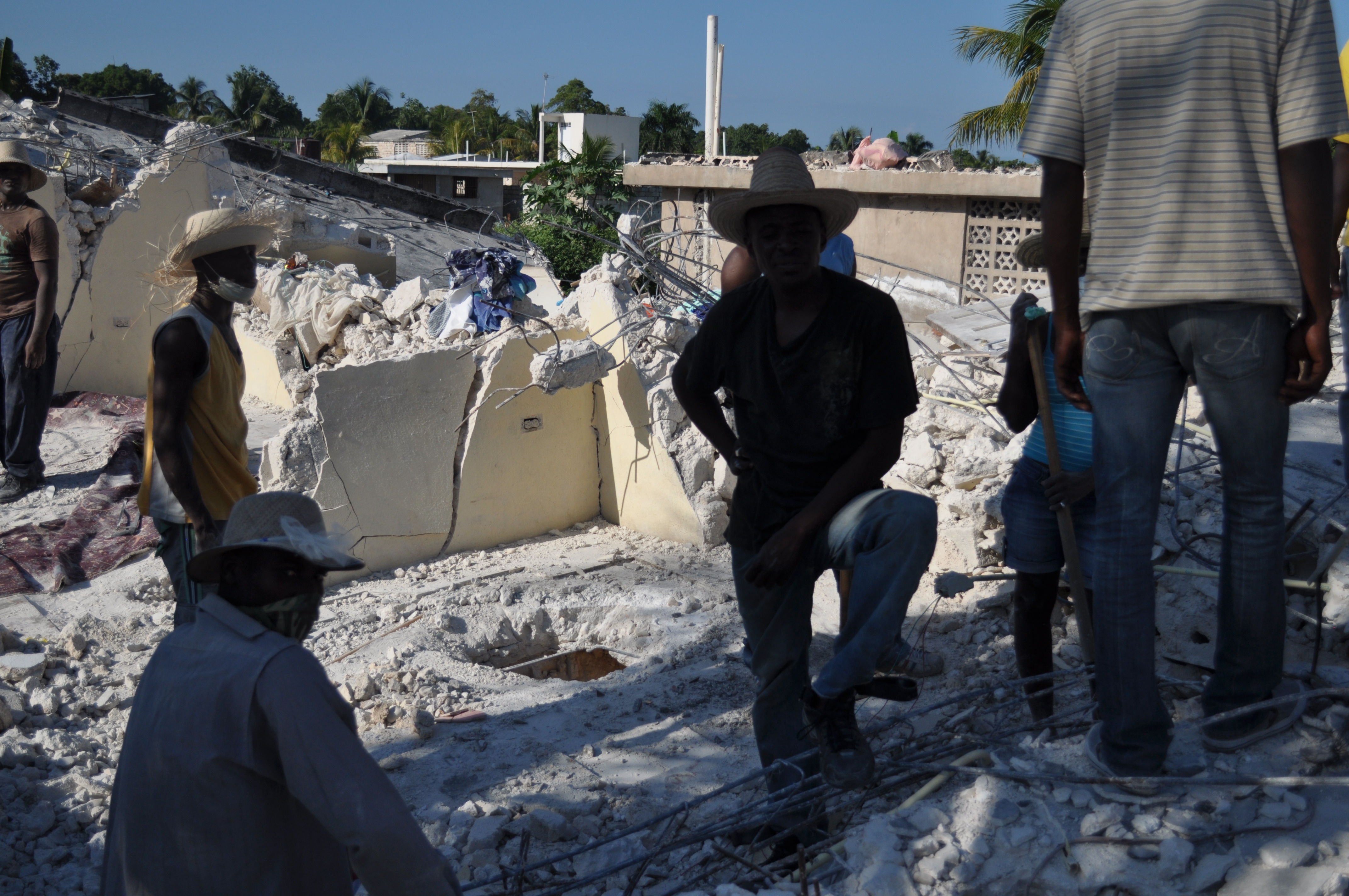
“This type of aid distribution is totally unacceptable,” said Max Mathurin, the former head of the Provisional Electoral Council that carried out the 2006 elections. Born and raised in Léogane, he was one of those meeting with the mayor.
“Over the past week, I petitioned repeatedly for a backhoe that could have helped excavate people from under rubble and saved lives,” he lamented. “I couldn’t even get something as simple as that from our government or the UN. That was the injury. Now this helicopter is the insult.”
In many ways, the allegedly Mormon helicopter dropping food was emblematic of the way the United States and United Nations are carrying out relief to the Haitian people. Léogane was only five miles from the epicenter of the 7.0 magnitude quake and probably had the most extensive damage of any Haitian city. But earlier that day, the United Nations had announced that it could not bring relief to Léogane until it had established security.
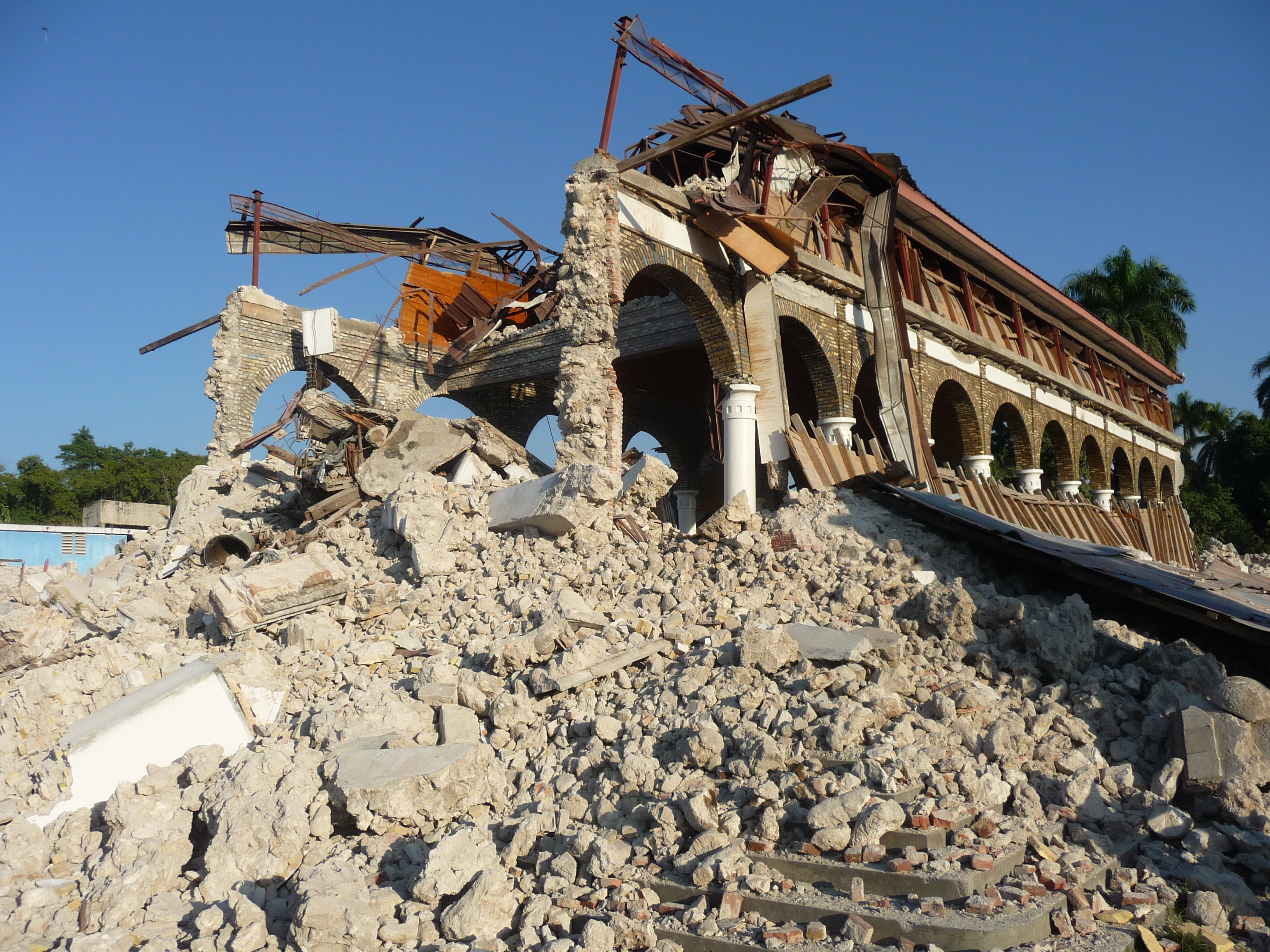
“I don’t know what security they need to establish,” responded Roland St. Fort, 32, another one of the town’s neighborhood leaders. “There have been no riots here. The people have been very disciplined. They set up their own security around their outdoor camps.”
Throughout the capital, where security is presumably being established, thousands of troops from the U.N. Mission to Stabilize Haiti (MINUSTAH) continue to ride around the capital in armored vehicles, pointing their guns at Haitians, just as they did before the quake. U.N. Secretary General Ban Ki-moon announced the deployment of another 3,500 to complement the 9,000 already in Haiti.
In addition, 12,000 U.S. soldiers were deployed in Haiti this week. The 82nd Airborne put the General Hospital (HUEH) in lock-down when they arrived on Jan. 19, turning away victims, family members and journalists for about an hour until hospital administrators intervened to have them relax their conduct. Wielding M-16s in front of the hospital gates, they managed to increase chaos rather than diminish it by yelling orders in English at Haitians trying to enter the state hospital they theoretically own. Many were people in need of care or family members bringing food for hospital patients. The hospital’s kitchen, located next door to the stench-emitting morgue, is still closed.
In counter-point, many of the 500 Cuban doctors working in Haiti have fanned out throughout Port-au-Prince, particularly in the massive refugee camp that now covers the Champ de Mars, the downtown square. There they have set up small clinics, identified by a Cuban flag, to tend to the earthquake’s many victims. According to Dr. Evan Lyon of Partners in Health, who is presently administering the HUEH, some 40,000 to 50,000 people living in the square benefit greatly from this aid. The Cuban doctors carry out their work, without having to be guarded by helmeted men with guns. “The Cuban doctors are an intense resource,” he said.
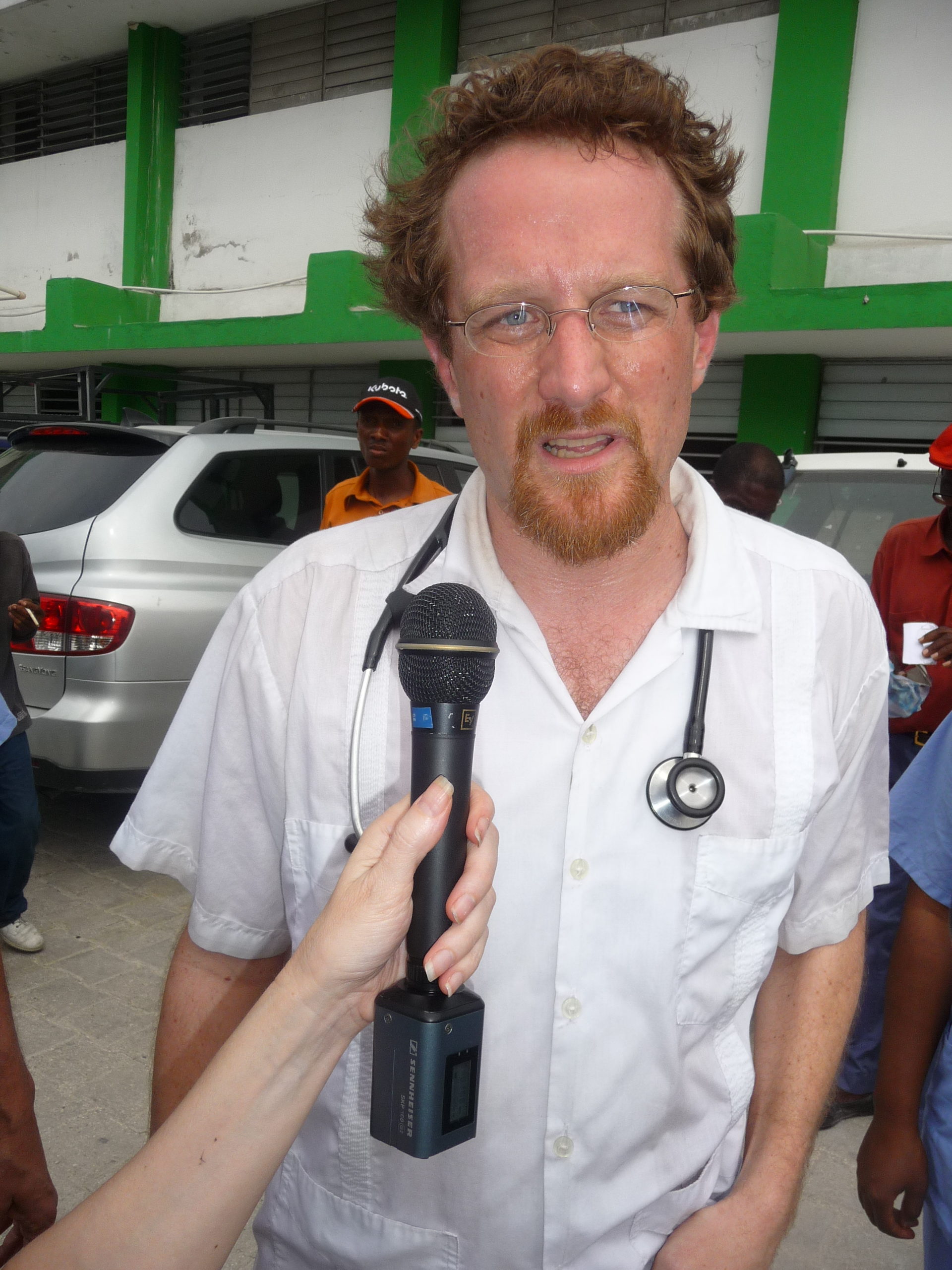
Meanwhile, at the Matthew 25 Hospitality House in Delmas 33, an anecdote made the rounds among a group of recently arrived North American doctors caring for some 500 quake refugees camped out in a soccer field next door. They too manage to deliver life-saving operations and medical care without military guard. Sister Mary Finnick, who runs the house, told of an incoming doctor remarking that he saw huge quantities of guns being brought in through the Mais Gaté Airport, which the U.S. military has taken over and runs.
“They should be bringing more gauze, not more guns,” quipped one of the doctors on hearing the news.









